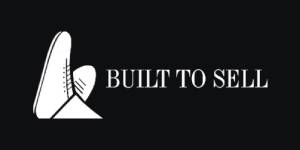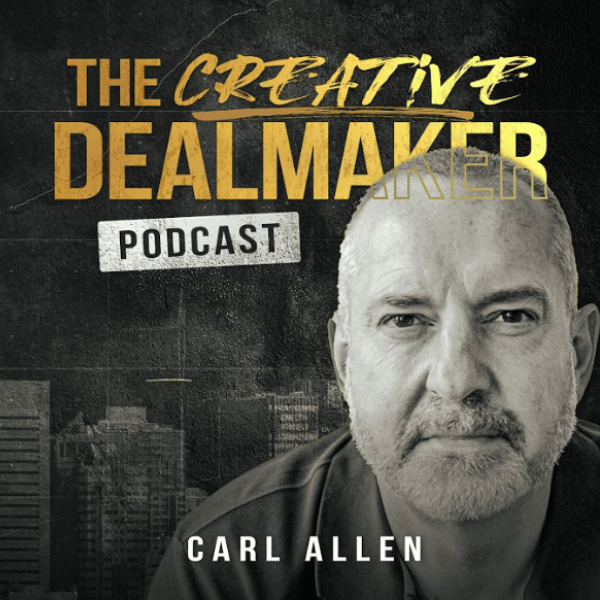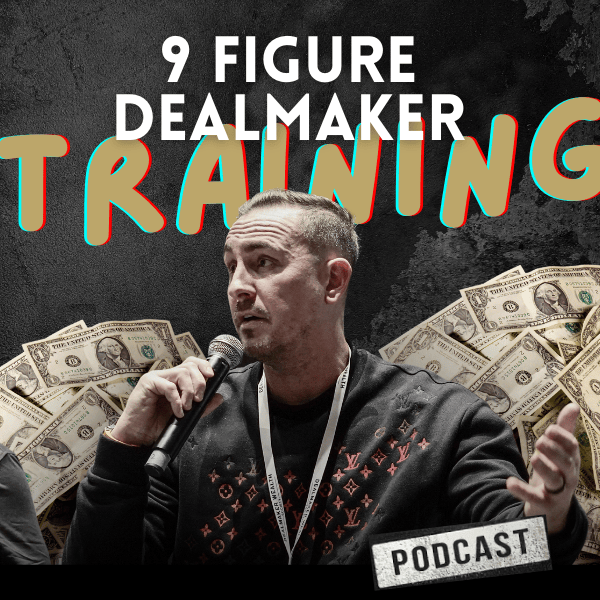The Art of Writing Letters to Close Deals
The Art of Writing Letters to Close Deals

In July it’ll be 28 years since I started my dealmaking career…
A LOT has changed since 1992 – in the world and in the art of dealmaking. However, many founding principles still remain.
Like – buying a business is still one of the most lucrative ways to be an entrepreneur…
Dealmaking is still a relationship business…
You still need a solid mindset to prevail…
And although the internet and social media have made originating deals easier and more efficient, my tried-and-true old-school methods are still the most powerful.
Like the direct approach.
The direct approach is all about writing a letter to the owner of a business to inquire if they would be interested in selling.
I don’t know about you, but I receive almost 500 emails a day. Plus, hundreds of messages from Slack, Facebook, LinkedIn and other platforms. It’s impossible for me to answer them all.
In the physical mail, I probably receive two to three letters a day (if I’m lucky), and most of these are payables or junk. I receive a handwritten letter maybe once a year. A nice premium envelope… my name and address neatly written in premium ink.
This is a killer way to make your message MASSIVELY stand out.
It’s a strategy I have been using for a long time.
First, I compile a list of businesses I like, generally in a particular sector. Especially for your first deal – stay in your lane. Pick a sector where you have some chops.
To build your list, leverage industry association registers, online tools like InfoUSA (free access in public libraries and even via a remote web portal), D&B Hoovers (you can sign up for a 72-hour trial, grab your list and then cancel), DueDil, Manta, Companycheck.co.uk… and tons of others.
Your research also will give you the name of the owner (or major shareholder) for each business on your list. Once you know who that is…
Write to them.
BUT – be sure to use these THREE golden rules:
- Clearly label the letter “Private & Confidential”
- Pack the letter with rapport-building nuggets of information easily found online
- Have a clear call to action.
Now let’s go through them.
Clearly label the letter “Private & Confidential”
Trust is a critical factor in building a relationship with a business owner. Owners do not typically want employees, competitors or customers to know the business is potentially for sale.
Employees can become anxious or worried about their future, and competitors can try to pick off key employees and key customers on information that the business could be changing hands.
Going into a conversation with a high level of confidentiality is a great first step in KLT – getting the owner to know, like and trust you. So mark your letter for the owner’s eyes only.
Pack the letter with rapport-building nuggets of information easily found online
This is where the psychology kicks in…
Here, you need to do FOUR things:
- Tell the owner what you LIKE about the business. Compliment the owner on their business. Explain why you want to own it. Is it the customer base? Has the business won awards? Is there something unique, proprietary or special in how it operates? Is the business marketed in a really cool way? Are you partial to the brand? Whatever the reasons are, list them – and be specific.
- Demonstrate your value-add. Link the things you like about the business to your background, skills, passion and ability to add value. Make it clear that your goal is to acquire a good business in this sector and that you really like the owner’s business. They will love this approach and be very flattered by it.
- Position yourself as a safe, trusted pair of hands. Show that you want to cherish the legacy of the business the owner has built, safeguard the employees of the business and treat the customers the way the owner would want. You want the owner to be HAPPY you’re taking over – and cheer you on from the sidelines!
- Finally, start to build a relationship with the seller. Find them on Facebook and LinkedIn. Does the person know people that you do? What connections can you make? Do you support the same sports team? Travel to the same country on vacation? Like the same food? Music? Anything!
Drop all four of these points in the letter. And finally…
Have a clear call to action
End the letter by telling the owner what you want them to do.
List your contact details on the foot of the letter – your email address and phone number. Ask the owner to contact you for an introductory conversation.
ALWAYS follow up after a few days.
Once you get the owner on the phone, reiterate what you wrote in the letter.
This strategy works like gangbusters. It does take some time (30 minutes or so) to write each approach letter. But if you do it correctly, you will see up to a one-in-three sellers ask for a call or meeting.
And there you have it…
How I use the old-school method of writing letters to generate high-quality, off-market deal flow. (You can even outsource the research and physical writing to a low-cost virtual assistant.)
Send them out in waves of 10…
And don’t forget to follow up.
I will speak to you soon.
Until then, bye for now.
Carl Allen
Editor and co-founder, Dealmaker Wealth Society
P.S. Send us an email and let us know if you have any tried-and-true sales tactics that help open doors or get past gatekeepers. Anything out there that works better than my letter does 30% of the time? We want to know!
















